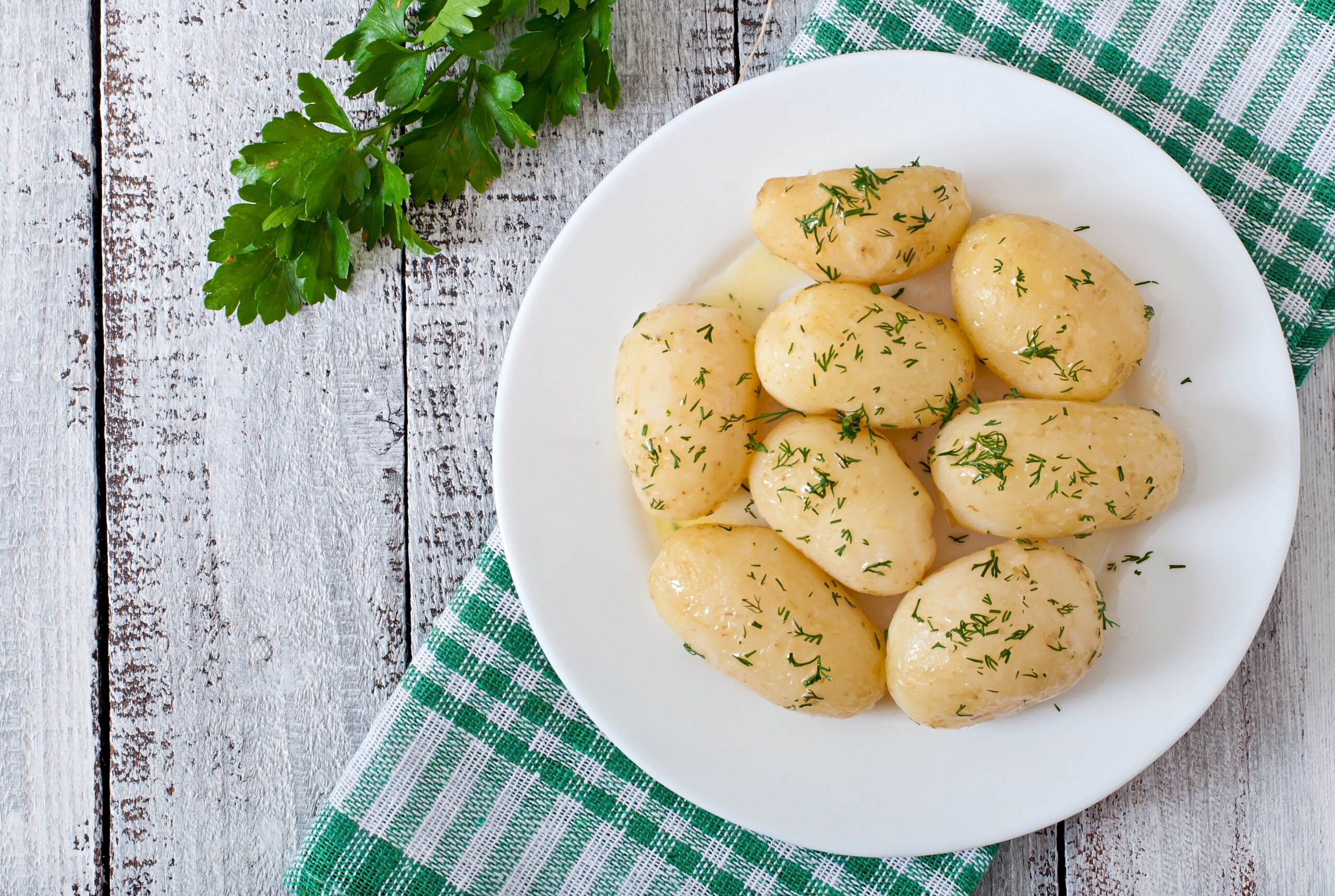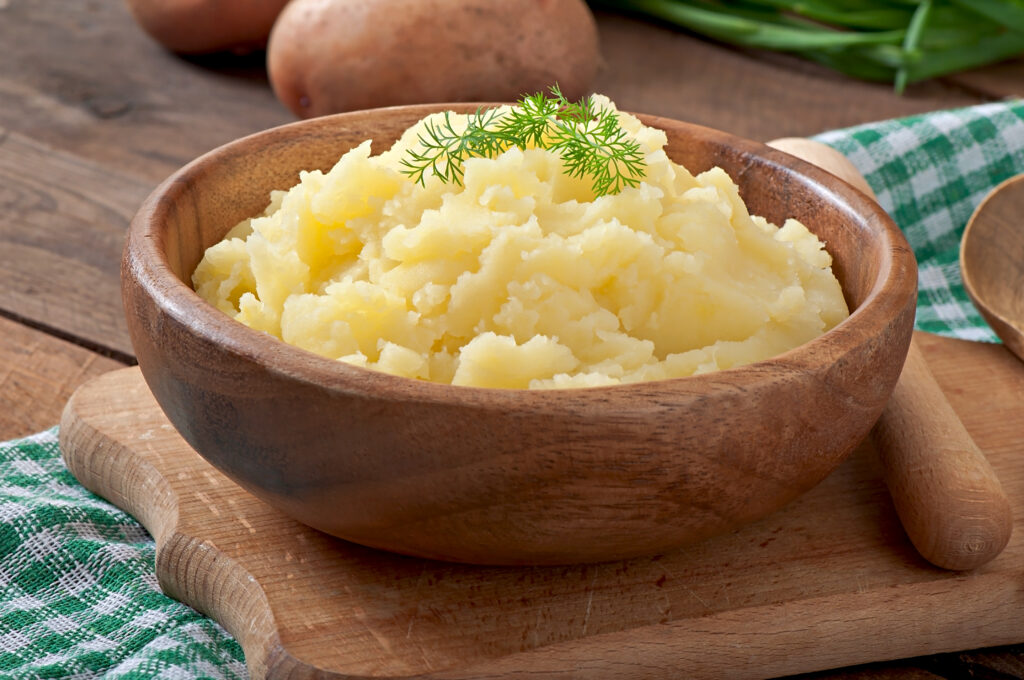- LIFE
100 Very Best Newlywed Game Questions


Boiling potatoes is a fundamental cooking technique that transforms this humble tuber into a versatile ingredient for a wide array of dishes. Whether you are a beginner in the kitchen or an experienced home cook, mastering the art of boiling potatoes can elevate your culinary repertoire. This guide will provide you with essential techniques for boiling potatoes, help you choose the right type of potato, and offer flavorful enhancements and advanced methods to perfect your skills.
Boiling potatoes might seem straightforward, but there are specific techniques that ensure they cook evenly and retain their flavor. Begin by washing the potatoes thoroughly to remove any dirt. Depending on your preference, you can peel them or leave the skins on for added texture and nutrients. Cut the potatoes into uniform pieces to ensure even cooking, as varying sizes can lead to some pieces being overcooked while others remain undercooked.
Place the potatoes in a large pot, covering them with cold water. The water should be at least an inch above the potatoes. Adding salt to the water enhances the flavor as the potatoes absorb it during cooking. Bring the water to a gentle boil over medium-high heat, then reduce the heat to maintain a steady simmer.
When it comes to boiling potatoes, selecting the right type is crucial. New potatoes are young, small potatoes harvested early in the season. They have a thin skin and a waxy texture, making them ideal for boiling. Their firm flesh holds up well, making them perfect for salads or as a side dish.
Baby potatoes, on the other hand, are smaller in size and can be of any variety. They are often preferred for their uniform size, which ensures even cooking. Both new and baby potatoes offer a creamy texture and rich flavor when boiled. The choice between them depends on the desired outcome and dish you are preparing.
Starting with cold water is a fundamental step in boiling potatoes. This technique allows the potatoes to cook evenly from the outside in. If you start with hot water, the exterior of the potatoes can cook too quickly, leading to a mushy surface while the inside remains undercooked. Cold water ensures a gradual increase in temperature, resulting in perfectly cooked potatoes.
The cooking time for boiling potatoes varies depending on their size and type. As a general rule, diced potatoes take about 10 to 15 minutes to cook, while whole new or baby potatoes require 20 to 25 minutes. To check for doneness, insert a fork or knife into the potato; it should slide in easily without resistance. Be mindful not to overcook the potatoes, as they can become waterlogged and lose their structure.

Enhancing the flavor of boiled potatoes is simple and can be achieved with a few ingredients. Drizzling olive oil over warm potatoes adds a rich, fruity taste, while a pat of garlic butter infuses them with a savory aroma. These additions not only enhance the flavor but also add a luxurious texture. For a burst of freshness, consider tossing the potatoes with chopped herbs like parsley or dill.
For those looking to explore beyond traditional boiling, steaming is an excellent alternative. Steaming potatoes preserves more nutrients and results in a firmer texture. This method is particularly beneficial for waxy potatoes, which hold their shape well. To steam potatoes, place them in a steamer basket over boiling water and cover with a lid. Steam for about 20 to 30 minutes, depending on their size.
Experienced cooks may also consider parboiling potatoes before roasting or frying them. This technique involves partially boiling the potatoes, then finishing them with a different cooking method. Parboiling ensures the interior is tender while achieving a crispy exterior through roasting or frying.
Mashed potatoes are a classic comfort food that begins with perfectly boiled potatoes. After boiling, drain the potatoes and allow them to dry slightly to prevent watery mash. Use a potato masher or ricer for a smooth texture, and incorporate warm milk and butter for creaminess. Season with salt and pepper to taste, and consider adding roasted garlic or sour cream for an extra layer of flavor.
Boiled potatoes serve as a base for numerous side dishes. Classic potato salad combines boiled potatoes with mayonnaise, mustard, and diced vegetables for a refreshing dish. For a Mediterranean twist, toss boiled potatoes with olive oil, lemon juice, olives, and feta cheese. The versatility of boiled potatoes allows them to complement a wide range of cuisines and flavors.
Even seasoned cooks can encounter challenges when boiling potatoes. Overcooked potatoes may become mushy, while undercooked ones remain hard. To avoid these issues, maintain a consistent simmer and use a timer to track cooking time. If potatoes are overcooked, consider using them in soups or as a base for potato pancakes, where texture is less critical.
Simple seasonings can elevate the flavor of boiled potatoes. A sprinkle of black pepper adds a hint of spice, while fresh herbs like chives, thyme, or rosemary provide a fragrant finish. Serve boiled potatoes as a side dish to roasted meats, grilled fish, or as part of a vegetarian platter. Their neutral flavor profile makes them a versatile accompaniment to various main courses.